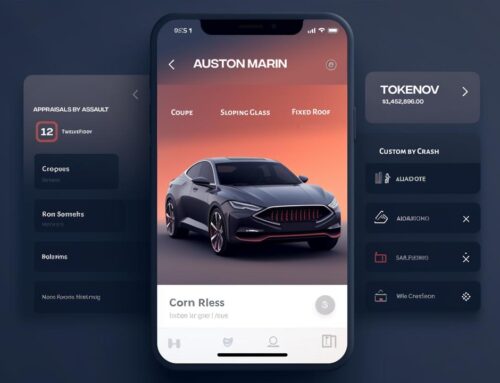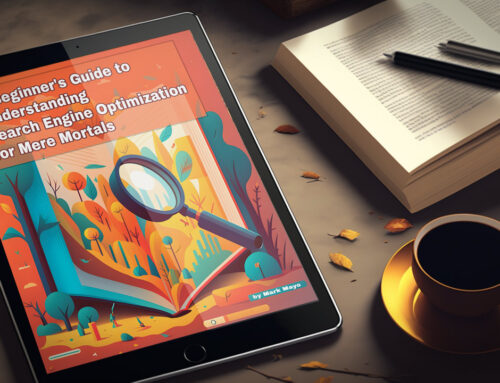Optimizing for search intent is a crucial aspect of modern SEO (Search Engine Optimization). Understanding and catering to the intent behind a user’s search query can significantly improve the chances of your content ranking higher in search engine results. Here’s an expanded explanation:
1. What is Search Intent?
Search intent, often referred to as “user intent,” is the primary goal or purpose a user has in mind when typing a query into a search engine. It’s essentially what the user is trying to achieve with their search.
2. Types of Search Intent:
There are generally four main types of search intent:
- Informational Intent: The user is looking for more information on a particular topic, e.g., “How does photosynthesis work?”
- Navigational Intent: The user wants to visit a specific website or page, e.g., “OpenAI website.”
- Transactional Intent: The user wants to buy something or perform a specific action online, e.g., “Buy iPhone 13.”
- Commercial Investigation: The user wants to compare products or services before making a purchase decision, e.g., “iPhone vs. Samsung comparison.”
3. Why is Optimizing for Search Intent Important?
- Better User Experience: By matching your content to the user’s intent, you provide a better user experience, leading to longer dwell times and lower bounce rates.
- Higher Search Rankings: Search engines, especially Google, prioritize content that best matches the user’s intent. If your content aligns well with the intent, it’s more likely to rank higher.
- Increased Conversions: For commercial websites, aligning content with transactional or commercial investigation intent can lead to higher conversion rates.
4. How to Optimize for Search Intent:
- Keyword Research: Start by understanding the keywords your audience uses. Tools like Google Keyword Planner, SEMrush, and Ahrefs can help.
- Analyze SERPs: Look at the current top-ranking pages for your target keywords. What type of content are they providing? This can give you insights into what search engines believe is the best match for that query’s intent.
- Create High-Quality Content: Once you understand the intent, create content that addresses it comprehensively and authoritatively.
- Optimize On-Page Elements: Ensure that your title tags, meta descriptions, and headers align with the search intent.
- Use Relevant CTAs: If the intent is transactional, make sure your call-to-action (CTA) buttons are clear and compelling.
5. Continuous Monitoring and Adaptation:
Search intent can evolve over time, especially with emerging trends and changing user behaviors. It’s essential to continuously monitor your content’s performance and adapt as needed to stay aligned with current search intent.
Optimizing for search intent is not just about getting more traffic but about attracting the right kind of traffic. By understanding and catering to your audience’s needs and intentions, you can create content that resonates, ranks well, and drives meaningful engagement.











Leave A Comment